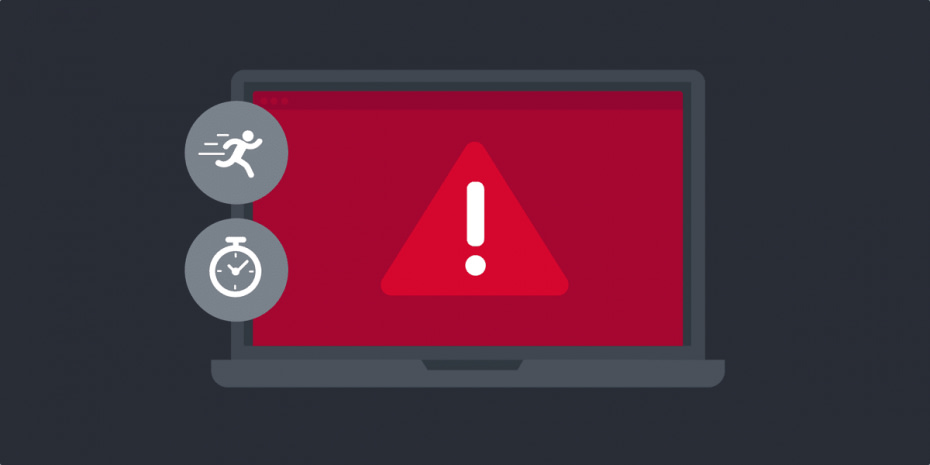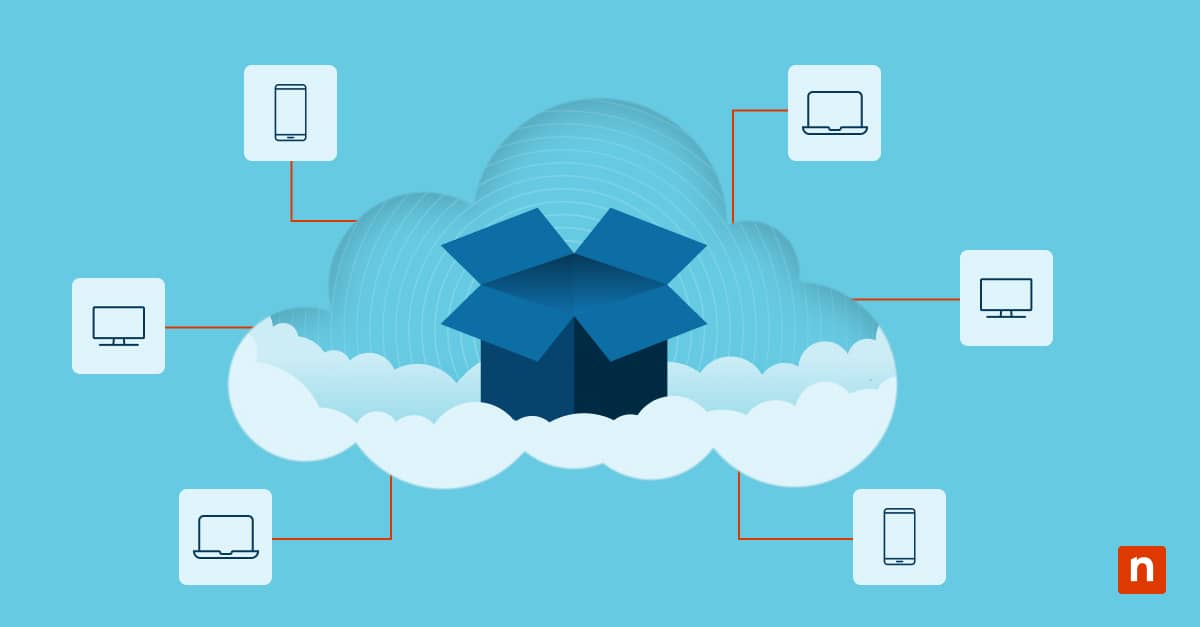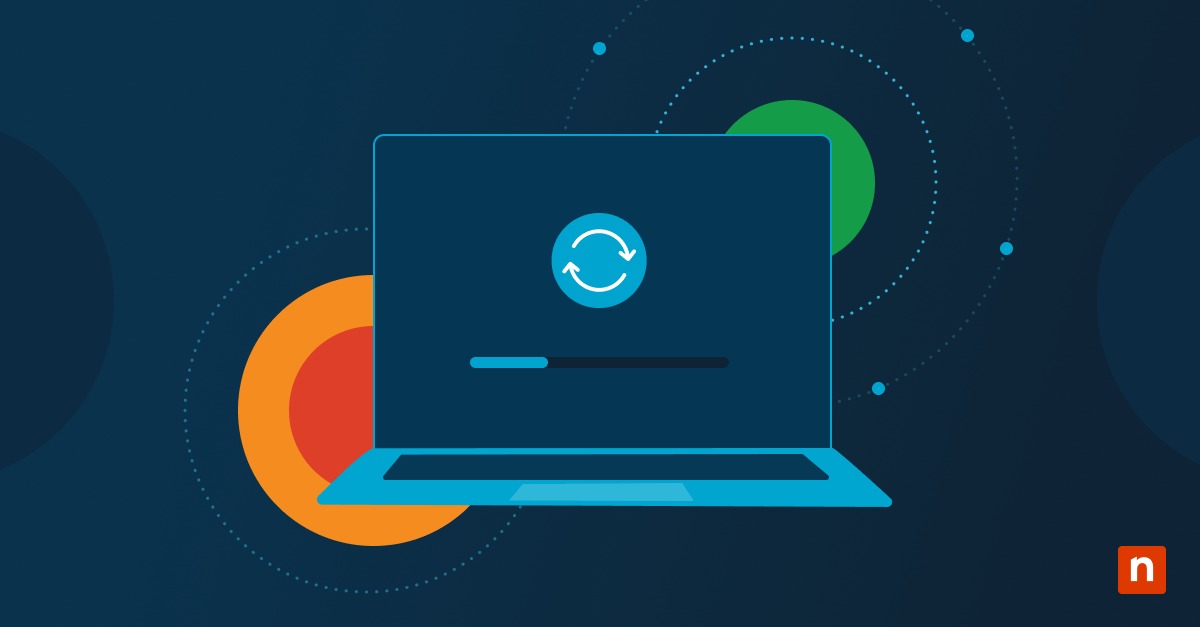As cloud environments evolve and the line between traditional and virtual infrastructure blurs, enterprises are facing a unique set of new security challenges from fragmented visibility to complex multi-cloud coordination.
Today, modern cloud incident response is less about building walls and more about deploying agile, real-time defenses across a constantly moving system of interconnected components.
What is cloud incident response?
Cloud incident response encompasses the structured methodology and processes your organization implements to address and manage security incidents within cloud environments. Unlike traditional incident response, cloud-focused strategies must account for distributed resources, shared responsibility models, and dynamic scaling capabilities inherent to modern platforms.
When implementing cloud incident response, consider the architectural differences that make cloud environments unique — virtualized infrastructure operates differently than physical hardware, containerized applications follow different security principles than monolithic programs, and serverless functions introduce new attack surfaces and behaviors that traditional tools may not detect.
Key challenges in cloud incident response
With cloud environments, your organization must navigate complex ecosystems where resources span multiple services, regions, and potentially multiple providers — similar to managing security across several interconnected cities rather than a single building.
The following sections explore two core challenges: gaining visibility across cloud environments and managing complex multi-cloud operations.
Visibility across cloud environments
One of the most pressing challenges in cloud incident response is achieving end-to-end visibility across a fragmented, fast-changing infrastructure. Cloud environments are inherently dynamic — resources are spun up and down on demand, distributed across regions and often abstracted by services like containers, serverless functions and managed platforms. Traditional monitoring tools, built for static, on-prem environments, simply cannot keep up.
To close the visibility gap, organizations should:
- Use cloud-native monitoring tools that support ephemeral resources like containers, serverless functions, and microservices.
- Build a centralized view that aggregates data from across regions, accounts, and providers to eliminate blind spots.
- Enable real-time detection and investigation by giving security teams context-rich insights into user activity, system behavior, and event relationships.
Multi-cloud complexity
Managing incident response across multiple cloud providers significantly increases complexity for your security operations. Each provider implements different security controls, logging mechanisms and management interfaces, requiring your team to develop expertise across multiple platforms simultaneously.
When an incident spans resources hosted on different cloud platforms, correlation can become particularly challenging, like investigating a crime that crosses multiple jurisdictions with different legal systems. The inconsistent terminology, security capabilities, and access controls between providers can create confusion during critical incidents, potentially slowing your response efforts when time matters most.
Building an effective cloud incident response plan
A cloud incident response plan should be tightly aligned with your architecture, security needs and operational realities. It should serve as a practical, step-by-step guide your team can follow under pressure to act fast, minimize damage, and restore control.
Defining roles and responsibilities
When security incidents occur in cloud environments, your team needs to understand exactly who is responsible for each aspect of the response process to avoid confusion and delays. This is why having clearly defined roles and responsibilities is a must.
First, you need to establish a Cloud Security Incident Response Team (CSIRT) with clearly defined responsibilities for incident detection, analysis, containment, and recovery actions. Consider your CSIRT as specialized emergency responders — each member with specific skills and responsibilities that complement the team’s overall capabilities.
Next, develop a detailed RACI matrix that defines who is Responsible, Accountable, Consulted, and Informed for each step in the response process. This will help eliminate confusion, ensure accountability and streamline communication during high-pressure situations.
Automated detection and alerting
Implementing robust automated detection and alerting mechanisms is essential for timely identification of security incidents in your cloud environments. The scale and complexity of cloud deployments make manual monitoring insufficient for your security operations.
Your detection systems must incorporate behavioral analytics capabilities that can identify anomalous activities that deviate from established baselines in your environment. Alerting thresholds should be carefully calibrated to minimize false positives while ensuring genuine security incidents trigger immediate notifications.
Communication protocols
In cloud environments, establishing communication protocols is crucial for coordinated incident response. When security incidents occur, your ability to share information quickly and securely among stakeholders determines your organization’s ability to respond and recover.
Implementing strong communication protocols involves:
- Define clear communication channels for different incident severity levels.
- Establish appropriate escalation procedures for worsening situations.
- Specify which communication tools to use during incidents.
- Address external communications with customers, partners, regulators, and the public when appropriate.
Cloud incident response best practices
Implementing tangible cloud incident response best practices is essential for reducing response times and limiting business disruption. These strategies leverage cloud-native capabilities while addressing the unique challenges of distributed environments.
Continuous testing and simulation
Regular testing and simulation of incident scenarios is essential for maintaining efficient response capabilities in your cloud environment. Without practical exercises, your incident response plans remain theoretical and may fail during actual security events.
You should conduct tabletop exercises quarterly, bringing together all stakeholders to work through simulated cloud security incidents in a controlled, discussion-based format. For example, implement automated breach and attack simulation tools that can safely emulate real-world attack techniques against your cloud infrastructure.
Your testing program should include scenarios specific to your cloud architecture, such as compromised access keys, data exfiltration from storage services, and container escape vulnerabilities.
Leveraging threat intelligence
Incorporating threat intelligence into your cloud incident response capabilities significantly enhances your ability to detect and respond to emerging threats. By leveraging external intelligence sources alongside internal data, you can gain valuable context that improves decision-making during incidents.
Your security team should establish feeds from cloud-specific threat intelligence sources that provide insights into attacks targeting your specific cloud providers and services. Imagine having advanced warning about storms heading toward your region — threat intelligence serves a similar purpose by alerting you to potential threats before they impact your environment. Effective use of threat intelligence allows you to shift from reactive to proactive security postures.
Post-incident review and improvement
Conducting thorough post-incident reviews is necessary for continuously improving your cloud incident response capabilities. Each security incident provides valuable insights that can strengthen your defenses and response procedures for future events.
Key elements of post-incident reviews include:
- Conduct a cross-functional review: Involve all relevant teams to reconstruct the incident timeline and actions taken.
- Evaluate response effectiveness: Identify what worked, what didn’t and where delays or breakdowns occurred.
- Focus on root causes: Address systemic gaps instead of assigning individual blame to promote a learning culture.
- Promote transparency: Create a safe space for honest input and open discussion from everyone involved.
- Apply lessons learned: Use insights to update playbooks, refine processes, and improve future response.
Collaboration and training for stronger incident response
Tools and processes are only one aspect of a strong incident response strategy. To ensure that your infrastructure is as secure as possible, you need to establish formal collaborative relationships with your cloud service providers’ security teams before incidents occur.
Your training program should also include cloud-specific security concepts, hands-on experience with your detection and response tools and scenario-based exercises that simulate realistic incidents.
Investing in both collaboration frameworks and comprehensive training is a sure-fire way to create a resilient incident response capability that can adapt to evolving security threats.
Strengthen your incident response with NinjaOne
Respond faster, stay in control and reduce impact with NinjaOne’s powerful alerting and incident management tools. Streamline coordination, cut through the noisemand put best practices into action. Start your free trial today!








